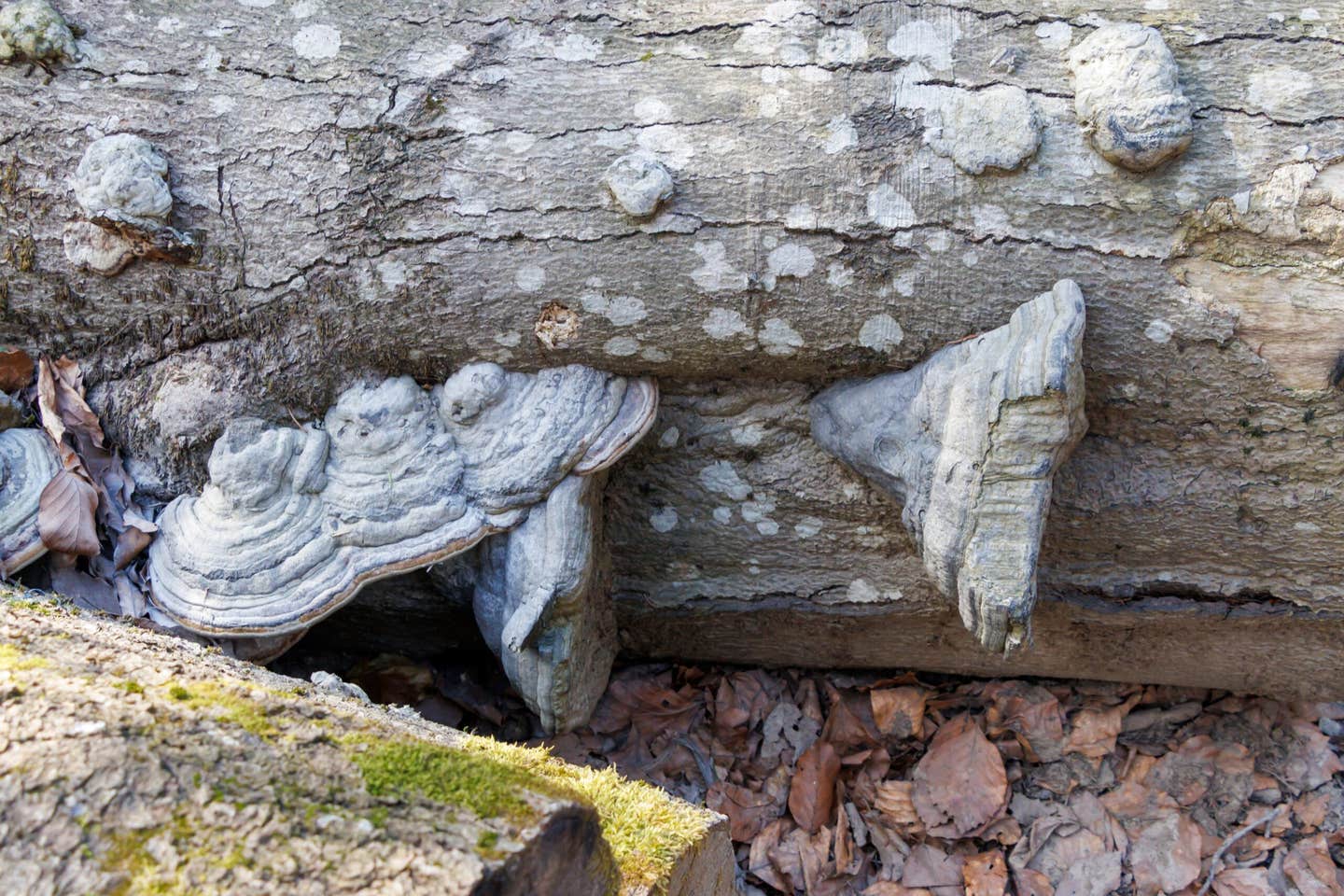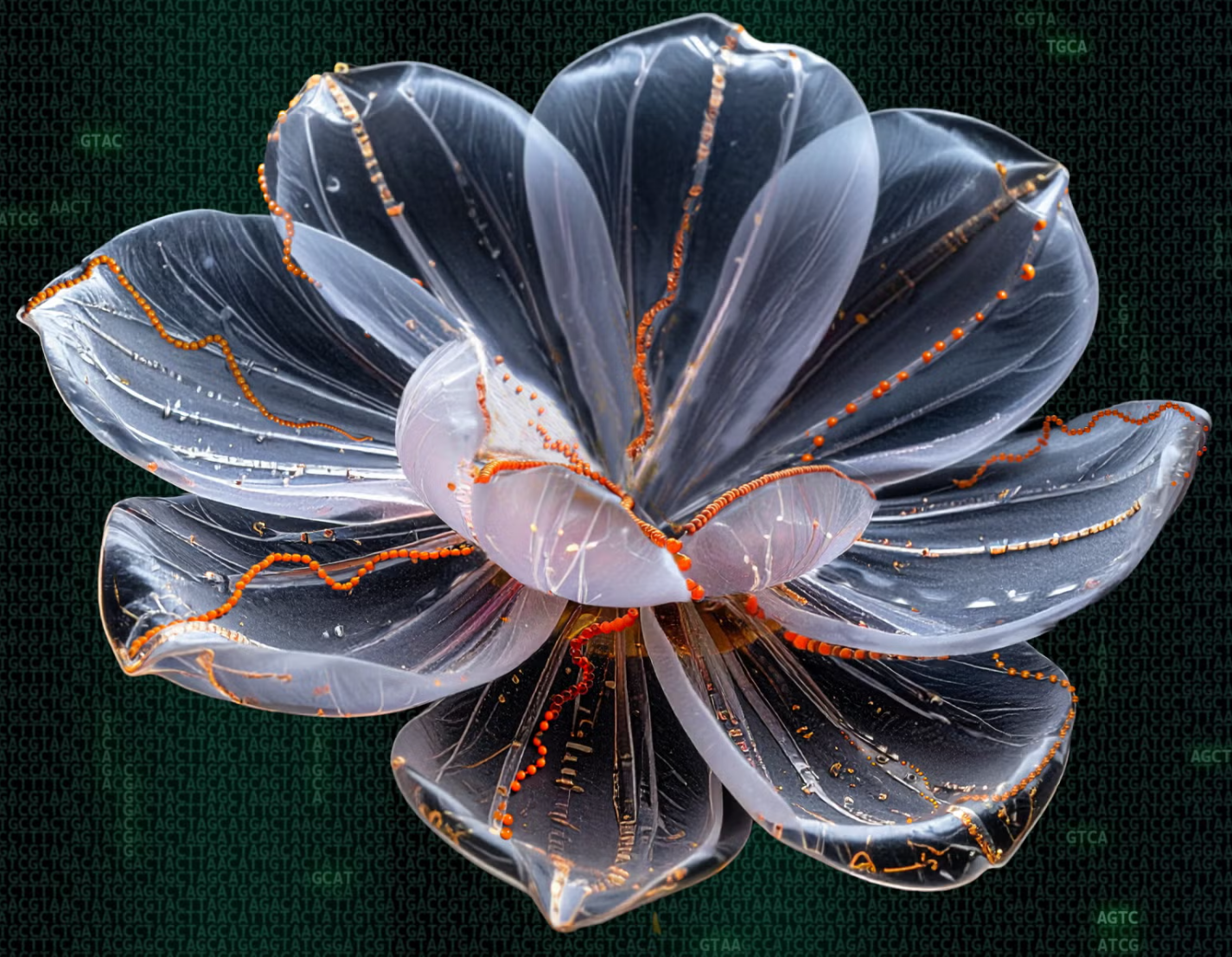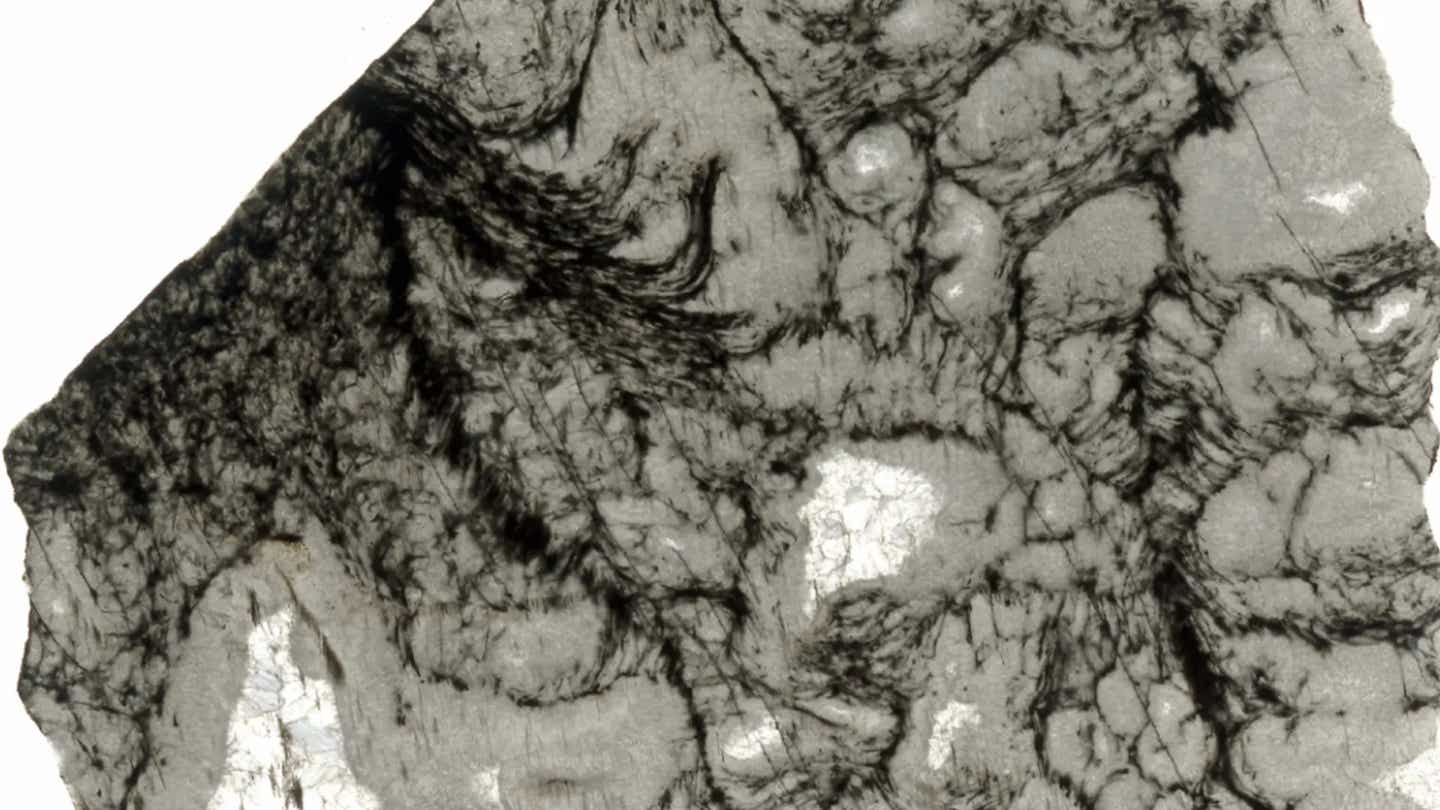Fungi’s ancient origins: How they shaped life on Earth a billion years ago
New research reveals fungi evolved over a billion years ago, shaping ecosystems long before plants colonized land.

Fungi may have been Earth’s first ecosystem engineers, thriving more than a billion years ago. (CREDIT: Shutterstock)
Fungi live in all corners of the world. They live in soil, float in the air, and thrive in oceans. They recycle nutrients, form alliances with plants, and sometimes infect them with disease. Though widespread, however, one question has puzzled scientists for a long time: when did the fungi appear, and how did they evolve the many forms that support life today?
A global team of scientists has now built one of the most detailed timelines ever compiled for fungi. By comparing the DNA of over a hundred species and adding on scarce fossil information, they built a "timetree" reaching over a billion years back in time. The results suggest fungi existed and were thriving hundreds of millions of years before plants first started colonizing Earth's land. That early presence might mean they ploughed the ground—literally—for the world's first forests.
Building a Family Tree Without Fossils
It is not a simple task to trace fungal origins. Fungi are not as animals and plants, which rarely leave certain fossils. Their soft, threadlike structures decay too quickly to fossilize readily. This is a puzzle for paleontologists, since the rock record of fungi is maddeningly thin. In order to fill out the record, the scientists turned to molecular biology.
The researchers pitted proteins from 110 different fungal species, including some quite uncommon groups that are not always studied, and 43 non-fungal relatives. This gave them a set of 153 species and nearly 96,000 amino acid sequences to draw comparisons from. By measuring genetic similarities and differences, they were able to determine the most closely related groups and when their ancestors must have split.
But building a family tree was insufficient. To turn it into a timeline, the researchers needed not just to know who was related to whom, but when each split occurred. Fossils being scarce, they had to rely on their fingers on scarce genetic clues—horizontal gene transfers, or HGTs.
Genes That Jump and Clocks That Tick
Genes usually go from parents to offspring. Occasionally, though, a gene will "jump" sideways from one species to another. Such sideway jumps, or horizontal gene transfers, insert a time stamp. If species A donated a gene to species B, then A had to have existed prior to B.
By following 17 of these lateral transfers sideways, and pairing them with 27 fossil-based calibration points, the researchers nailed down anchor dates along the fungal family tree. They then implemented a sequence of models, with different assumptions each time, to make their results bulletproof.
Okinawa Institute of Science and Technology Professor Gergely J. Szöllősi, who led the research, explained why that matters. "Complex multicellular life appeared independently in five big groups: animals, plants, fungi, red algae, and brown algae," he said. "It's significant to get a grip on the origin of fungi because it is key to understanding how life as we know it developed on land."
A Kingdom Older Than Plants
The findings show that the common ancestor of the extant fungi was about 1.4 to 900 million years ago. That is far earlier than when the first genuine land plants are visible in the rocks around 470 million years ago.
The research also puts the divergence between fungi and their closest living relatives—small single-celled aphelids—at a maximum of 1.5 billion years ago. More recently, the large fungal lineages, such as chytrids, molds, yeasts, and the mushroom-forming clade Basidiomycota, evolved over hundreds of millions of years.
Most strikingly, scientists found that fungi may have had the tools to talk to plant ancestors earlier than ever before. Certain fungi had enzymes that can dissolve pectin, a sugar component of plant cell walls, dating back between 1.2 billion and 800 million years ago. That means they may have been fraternizing with algae-like organisms long before plants made it to land.
Preparing the Ground for Life on Land
If fungi were already coexisting with algae before the onset of plants, they may have been quietly building the environment in a way that would make land even more welcoming. Through the breakdown of rocks, nutrient cycling, and symbiosis with microbes, these early fungi could have constructed primitive soils. Plants, when they eventually colonized, could have found a world already arranged for them.
Co-author Dr. Lénárd L. Szánthó adds: "Fungi power ecosystems—cycling nutrients, cooperating with other organisms, and, yes, occasionally disease. Pinning down their timeline shows fungi were diversifying long before plants, as one would expect for early relationships with algae that likely laid the groundwork for terrestrial ecosystems."
Lessons in Evolutionary Detective Work
In addition to rewriting the history of fungi, the study also highlights how scientists are able to reconstruct deep time from few fossils. Through the combination of molecular evidence, fossil calibrations, and gene transfers, the scientists developed a framework that was conservative yet trusted.
They also attempted to test how small a data set they would need. To their astonishment, they found even small sets of around 10,000 amino acid sites would have produced comparable results. That would make subsequent research quicker, leading the way for other life groups to also have comparable deep-time studies.
The group does caution that their results remain order-of-magnitude estimates. Fossils remain sparse, and the higher limits of their ranges are not tightly constrained. More fossil finds, even fragmentary ones, will perhaps sharpen the picture.
Practical Applications of the Work
This research doesn't simply unlock an old enigma. It demonstrates that fungi were probably the first ecosystem engineers on Earth, building the ground for life to come. That flips our perspective on the evolution of forest growth, nutrient cycling, and even the "boring billion," a supposedly evolutionarily silent period.
By presenting a timeline for the diversification of fungi, the study sets the stage for new questions. How did the fungal partnerships influence the earliest soils? Might their activity have shaped Earth's climate during global glaciations? And how could their history inform modern science, from bioengineering soils to deciphering symbiosis?
In short, this fungal timetree is a new chapter in the history of your life—and maybe one that will change your own view of what lies beneath your feet.
Research findings are available online in the journal Nature Ecology & Evolution.
Related Stories
- Scientists develop new process to build homes on Mars using fungi and bacteria
- Researchers reveal the bacteria and fungi living in the foods we eat
- Scientists capture live images of bacteria battling antibiotics
Like these kind of feel good stories? Get The Brighter Side of News' newsletter.
Joseph Shavit
Science News Writer, Editor-At-Large and Publisher
Joseph Shavit, based in Los Angeles, is a seasoned science journalist, editor and co-founder of The Brighter Side of News, where he transforms complex discoveries into clear, engaging stories for general readers. With experience at major media groups like Times Mirror and Tribune, he writes with both authority and curiosity. His work spans astronomy, physics, quantum mechanics, climate change, artificial intelligence, health, and medicine. Known for linking breakthroughs to real-world markets, he highlights how research transitions into products and industries that shape daily life.



